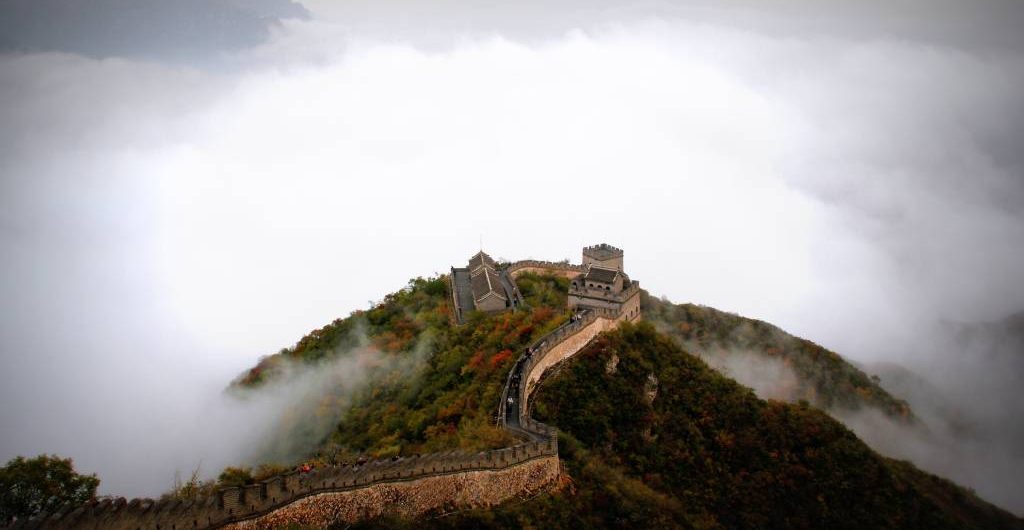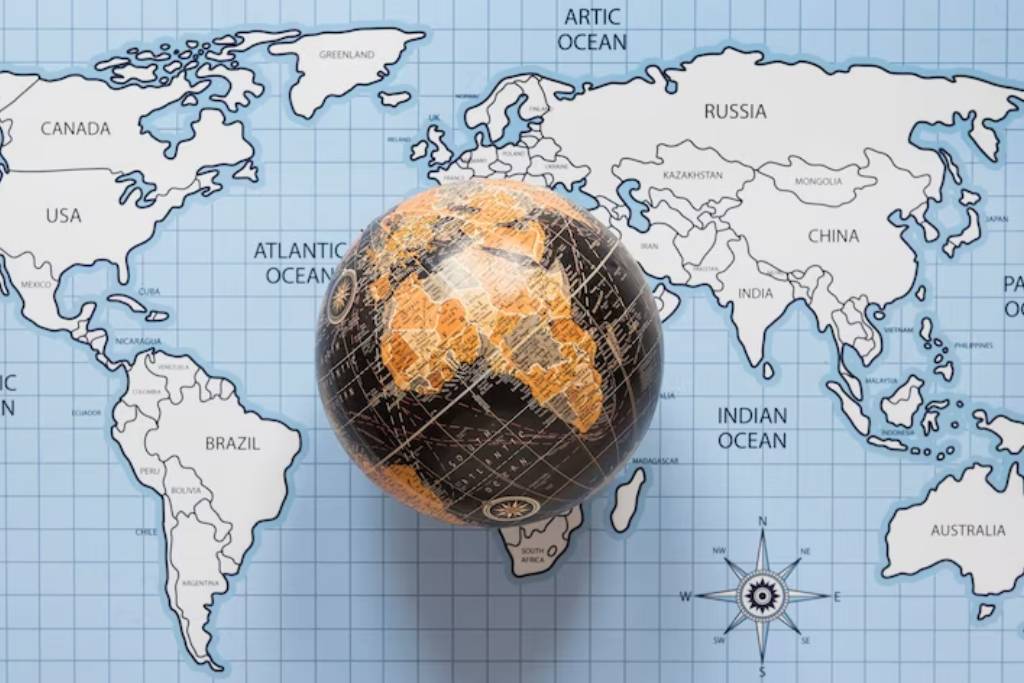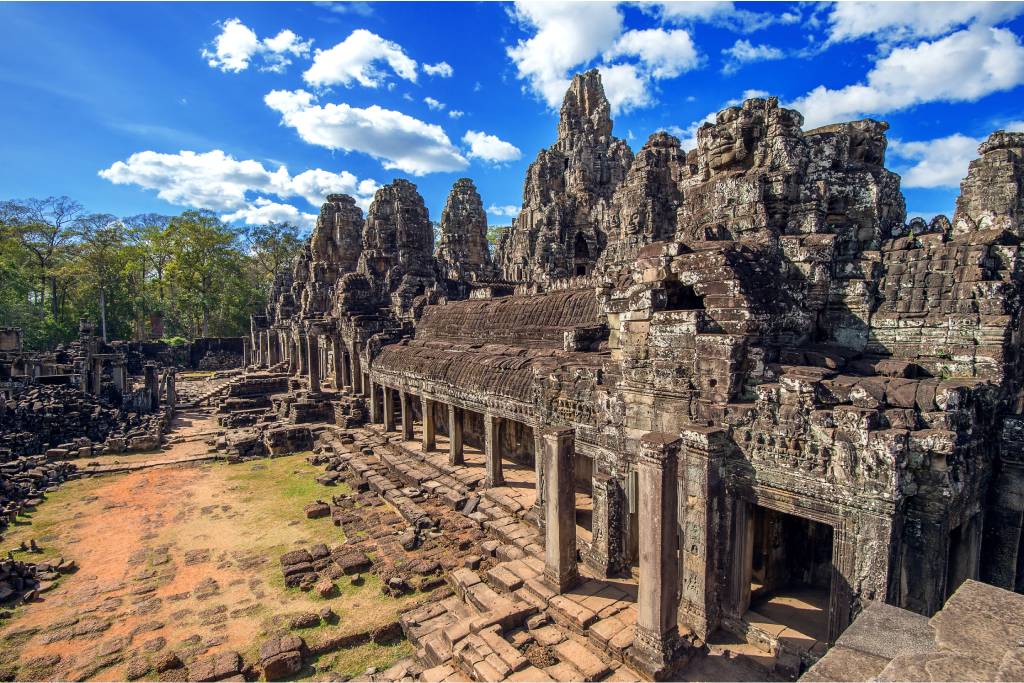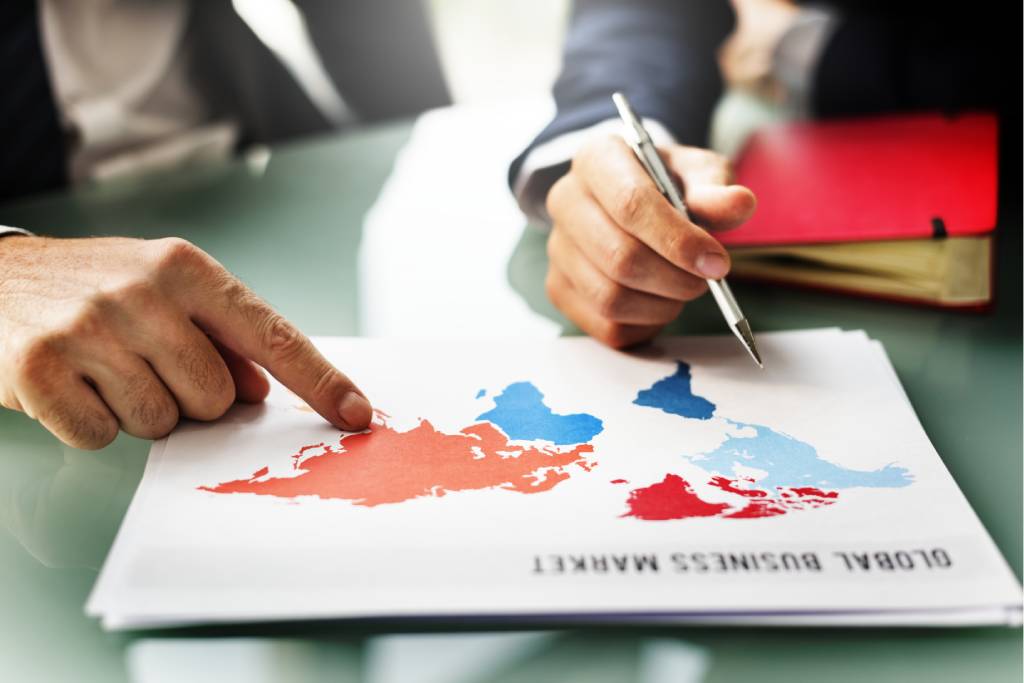
Asia, the world’s largest and most diverse continent, is a land of immense geographical, cultural, and historical significance. Encompassing a vast expanse of land, Asia plays a pivotal role in shaping global politics, economics, and culture. This continent, home to nearly 60% of the world’s population, offers a rich tapestry of traditions, languages, and religions that have evolved over thousands of years. In this exploration of Asia, we will delve into its geography, history, cultural diversity, economic developments, political landscape, contemporary challenges, and its potential future impact on the world stage.
Geography of Asia

- Size and Location: Asia stretches across approximately 44 million square kilometers, making it the largest continent on Earth. It spans from the Arctic Ocean in the north to the Indian Ocean in the south and from the Pacific Ocean in the east to the Ural Mountains in the west.
- Major Landforms and Geographic Features: Asia boasts a remarkable diversity of landscapes, including the vast Siberian taiga, the Himalayan mountain range, the arid deserts of Central Asia, fertile river valleys like the Ganges and Yangtze, and lush rainforests in Southeast Asia.
- Climate Zones: The continent experiences a wide range of climates, from the freezing temperatures of Siberia to the tropical heat of Southeast Asia. These climatic variations have influenced the cultures, lifestyles, and agricultural practices of the people living in different regions.
History of Asia

- Ancient Civilizations: Asia is the cradle of some of the world’s oldest and most influential civilizations. Mesopotamia, the Indus Valley Civilization, and ancient China are just a few examples of the rich cultural and historical heritage that emerged on this continent.
- Medieval and Early Modern Period: Asia played a central role in the formation of the Mongol Empire and the Silk Road, which facilitated trade and cultural exchanges between East and West. It also witnessed European colonialism, which had a profound impact on many Asian nations.
- Contemporary Asia: The 20th century saw the rise of independence movements across Asia, leading to the emergence of modern nation-states. Countries like India and Indonesia gained their independence from colonial powers. Today, Asia is home to major global powers, including China, India, and Japan, whose influence extends beyond their borders.
Cultural Diversity

- Languages and Linguistic Groups: Asia is incredibly linguistically diverse, with thousands of languages spoken across the continent. Major language families include Indo-European, Sino-Tibetan, Altaic, and Dravidian.
- Religions: Asia is the birthplace of major world religions, including Hinduism, Buddhism, Islam, and Sikhism. It’s also home to significant Christian and indigenous belief systems.
- Arts and Traditions: The continent has a rich tradition of literature, visual arts, and performing arts. Classical Indian dance, Chinese calligraphy, Japanese tea ceremonies, and Persian poetry are just a few examples of Asia’s cultural contributions to the world.
Economy and Development
- Economic Diversity: Asia’s economies range from highly developed, technology-driven powerhouses like Japan and South Korea to rapidly industrializing nations like China and India, as well as resource-rich countries in the Middle East.
- Emerging Economies: Asia’s economic growth has been a global economic driver, with countries like China and India becoming major players in international trade and finance.
- Challenges and Opportunities: Asia faces challenges related to income inequality, environmental degradation, and political instability, but it also presents opportunities for innovation, entrepreneurship, and regional cooperation.
Politics and Governance
- Forms of Government: Asia encompasses a wide range of political systems, from democracies like India and Japan to authoritarian regimes in countries like North Korea.
- Regional Conflicts: The continent has seen its share of regional conflicts, including territorial disputes and long-standing geopolitical tensions.
- International Relations: Asia’s influence in global politics has been on the rise, with countries like China becoming key players in international diplomacy and trade.
Contemporary Issues

- Environmental Challenges: Asia faces pressing environmental issues, including air and water pollution, deforestation, and climate change. Addressing these challenges is crucial for the well-being of the continent and the planet.
- Population and Urbanization: Asia’s rapid population growth and urbanization have transformed its societies and economies, presenting both opportunities and challenges for sustainable development.
- Technology and Innovation: Asian countries have made significant strides in technology and innovation, with Silicon Valley counterparts in places like Shenzhen and Bangalore, shaping the global tech landscape.
Future Outlook
As Asia continues to evolve, it is poised to play an even more significant role in shaping the global future. Its economic, political, and cultural influence will likely continue to grow, making it an area of great importance in the 21st century.